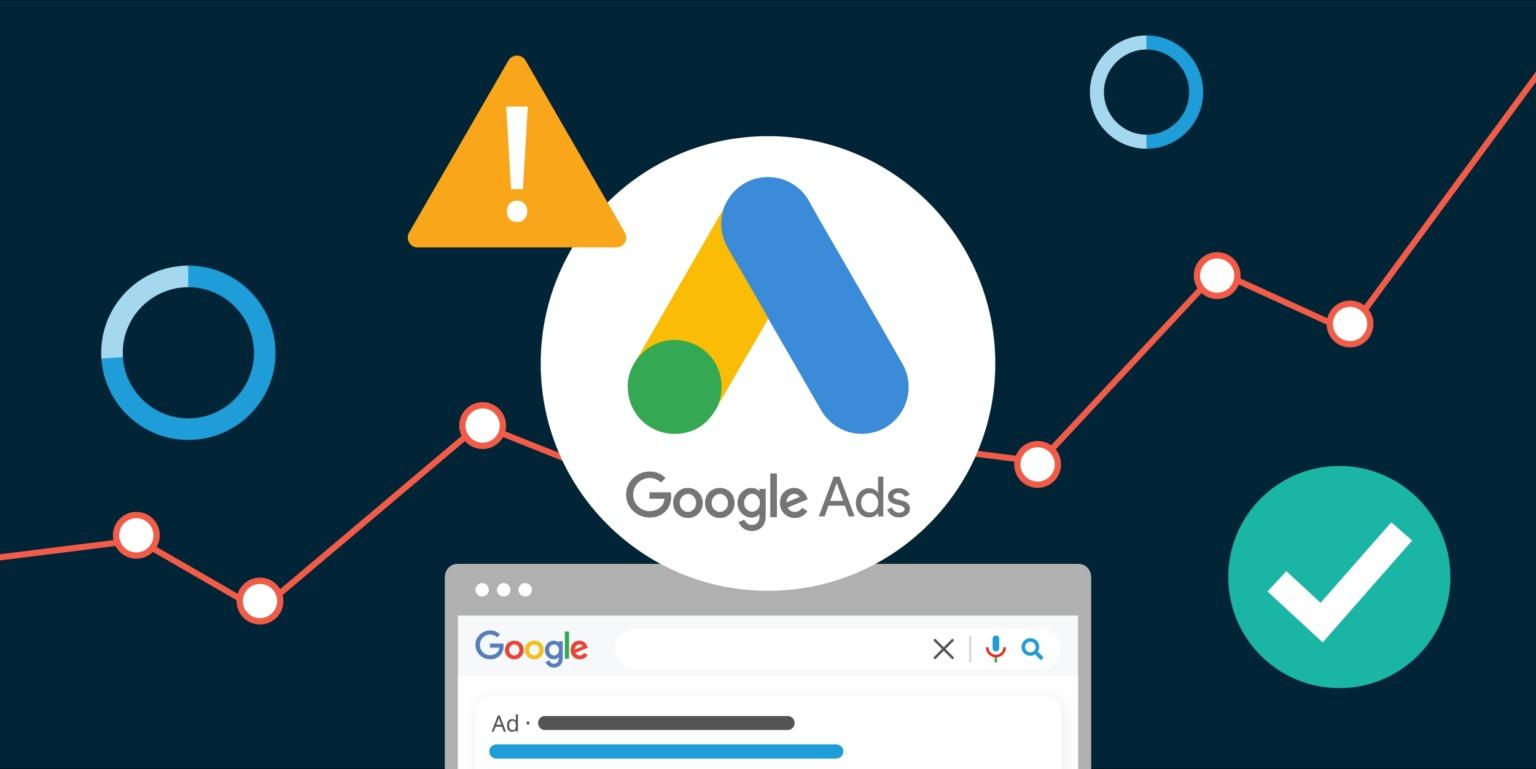Are your Google Ads not performing as well as you’d hoped? You’re not alone. Many businesses struggle to get the most out of their Google Ads campaigns. However, the good news is that with some strategic adjustments, you can turn things around. The key is to focus on your targeting. In this article, we’ll explore several critical steps to optimize your targeting and ensure your ads reach the right audience.
1. Analyze Demographics
Understanding the demographics of your audience is crucial for effective targeting. Start by analyzing data on age, gender, location, income level, and interests. Google Ads provides detailed demographic data that can help you identify who is engaging with your ads and who is not.
- Age and Gender: Are there specific age groups or genders that are more responsive to your ads? Adjust your bids or create targeted campaigns for these segments.
- Location: Look at the geographic locations where your ads are performing well. Consider focusing your budget on high-performing areas and excluding regions with low engagement.
- Income Level: If applicable, tailor your ads to target consumers within specific income brackets that align with your product pricing.
2. Analyze Customer Search Terms
Customer search terms provide valuable insights into what potential customers are looking for when they encounter your ads. Regularly reviewing and analyzing these search terms can help you refine your keyword strategy.
- Relevance: Ensure that the search terms triggering your ads are highly relevant to your products or services. Irrelevant terms can waste your budget and reduce ad performance.
- Negative Keywords: Identify and add negative keywords to prevent your ads from showing up for unrelated searches. This can improve your ad relevance and reduce wasted spend.
- Long-Tail Keywords: Focus on long-tail keywords that indicate higher purchase intent. These are often less competitive and can drive more qualified traffic to your site.
3. Analyze Customer Buying Cycles
Understanding your customers’ buying cycles can significantly impact your ad performance. Different products and services have varying purchase decision timelines, and aligning your ads with these cycles can boost conversions.
- Awareness Stage: Create informative and engaging content to attract customers who are just starting their research.
- Consideration Stage: Provide detailed information, comparisons, and reviews to help customers evaluate their options.
- Decision Stage: Use strong calls-to-action (CTAs), promotions, and offers to encourage final purchase decisions.
4. Identify New Keywords
Keyword research is an ongoing process. Regularly identifying new keywords can help you stay ahead of the competition and capture emerging trends in your industry.
- Industry Trends: Keep an eye on industry news and trends to identify new keywords that could be relevant to your audience.
- Customer Feedback: Listen to your customers. They often use specific terms and phrases that can be incorporated into your keyword strategy.
- Keyword Tools: Utilize tools like Google Keyword Planner, Ahrefs, and SEMrush to discover new keywords and analyze their potential impact on your campaigns.
5. Research Competitor Keywords
Understanding what keywords your competitors are targeting can provide valuable insights and opportunities for your own campaigns.
- Competitor Analysis Tools: Use tools like SpyFu, SEMrush, and Ahrefs to see which keywords your competitors are bidding on and ranking for.
- Gap Analysis: Identify keywords where your competitors are performing well but you are not. Consider targeting these keywords to capture some of their traffic.
- Competitive Advantage: Look for opportunities to differentiate your ads. Highlight unique selling propositions (USPs) that set you apart from the competition.
Conclusion
Traffic to an irrelevant offer will always convert poorly. By meticulously analyzing demographics, customer search terms, and buying cycles, and by continuously identifying new and competitor keywords, you can significantly enhance the performance of your Google Ads campaigns. The key is to ensure your ads are reaching the right audience with the right message at the right time.
Have you implemented any of these strategies in your Google Ads campaigns? What results have you seen? Share your experiences and insights in the comments below!
Contact us for a free Google Ads Audit!



